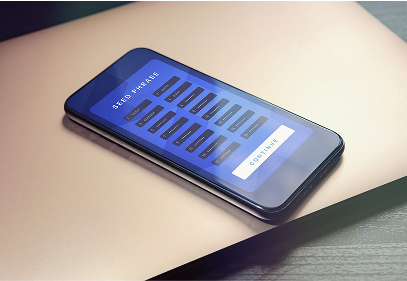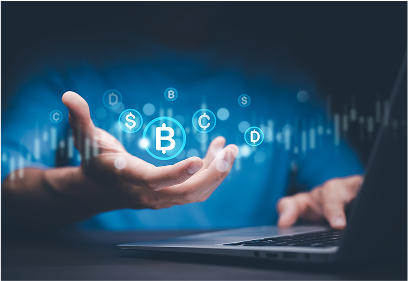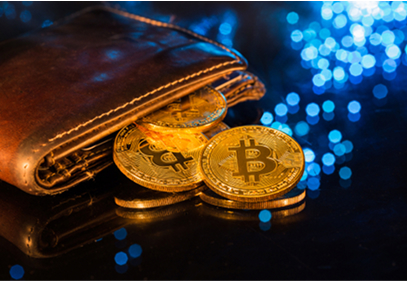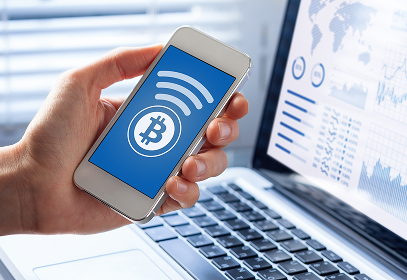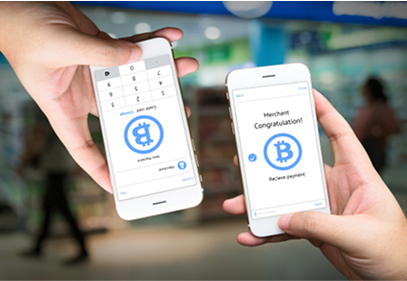Summary:
A hardware wallet is a physical device designed to store your private keys offline, offering strong protection against hacks and malware.
Details:
Hardware wallets are considered one of the safest ways to hold bitcoin. Because they are not connected to the internet, they drastically reduce the risk of remote theft. Transactions are signed on the device itself and then broadcast via a companion app on your phone or computer.
Popular options include Ledger, Trezor, Coldcard, and BitBox. These devices come with built-in protections like PIN codes, recovery phrases, and encryption.
Key Features:
- Offline storage (cold wallet) of private keys.
- USB or Bluetooth connection to manage funds securely.
- PIN and passphrase protections for added security.
- Seed phrase backup included at setup.
- Resistant to viruses, keyloggers, and phishing attacks.


